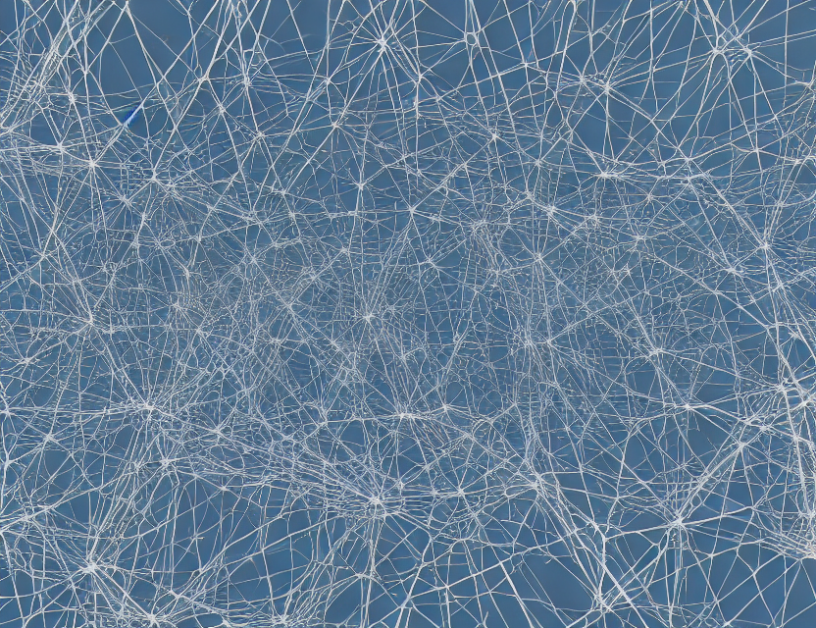In this paper, the authors explore a new approach to graph neural networks (GNNs) that leverages the concept of latent homophily to improve the representation learning on large graphs. Latent homophily refers to the idea that nodes in a graph tend to connect with other nodes that are similar to themselves in some way, such as sharing similar attributes or behaviors.
The authors propose a two-stage framework for constructing approximate matrix decompositions of the graph, which allows them to identify latent homophilic structures in the graph. They then use these structures to generate two corrupted graphs, G1 and G2, through a corruption function that randomly removes or masks edges and dimensions in the original graph.
To aggregate information on the latent structure, the authors devise a truncated threshold GCN that controls the sparsity of the structure. They apply this GCN to three graphs, including the original graph, G, and two corrupted graphs, G1 and G2. This allows them to efficiently capture the structural information in the graph while controlling the complexity of the model.
The authors demonstrate the effectiveness of their approach on several benchmarks, showing that it outperforms existing methods in terms of both accuracy and efficiency. They also provide an analysis of the impact of different parameters on the performance of their method, which can help practitioners fine-tune their models for specific applications.
Overall, this paper presents a powerful new approach to graph neural networks that leverages the concept of latent homophily to improve the representation learning on large graphs. By generating corrupted versions of the original graph and using a truncated threshold GCN to aggregate information on the latent structure, the authors are able to efficiently capture the structural information in the graph while controlling the complexity of the model. This approach has important implications for a wide range of applications, including social network analysis, recommendation systems, and fraud detection.
Computer Science, Machine Learning
Generative Causal Explanations for Graph Neural Networks



